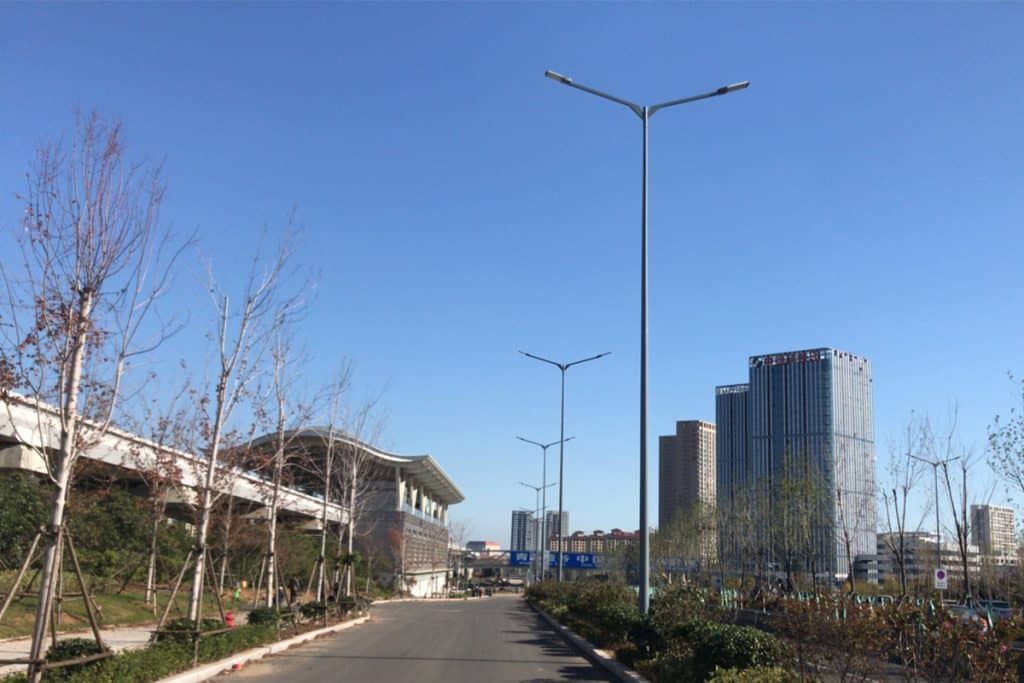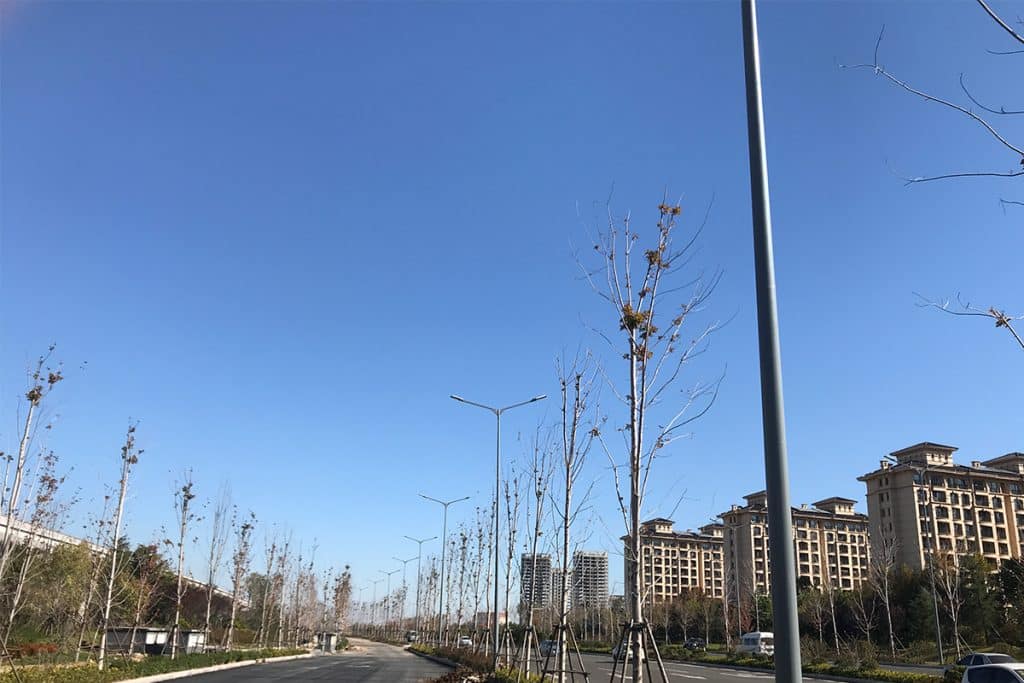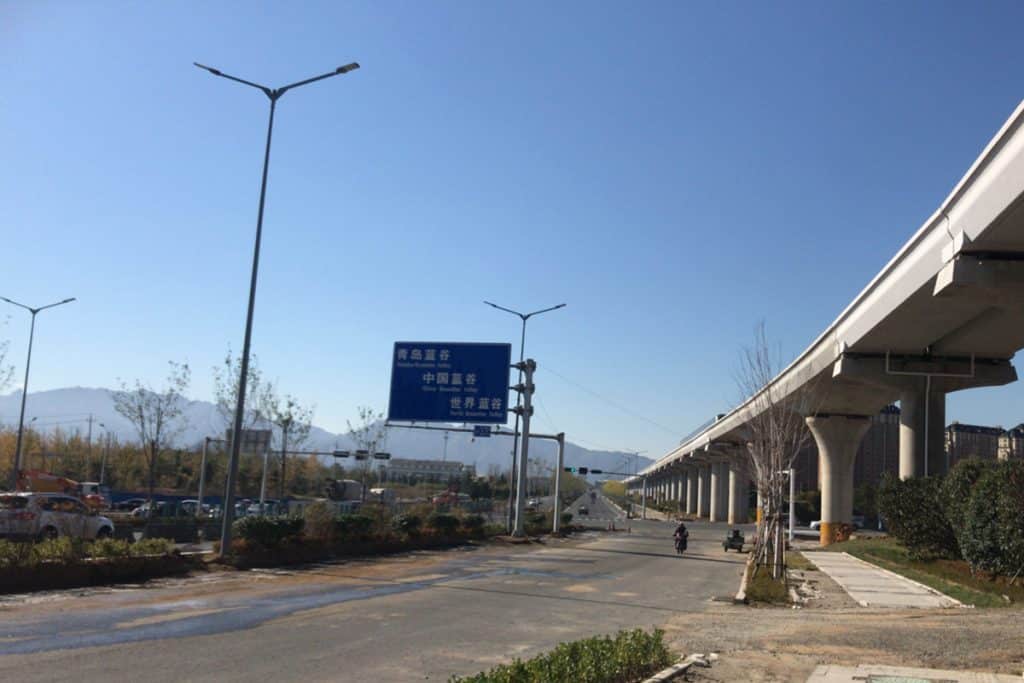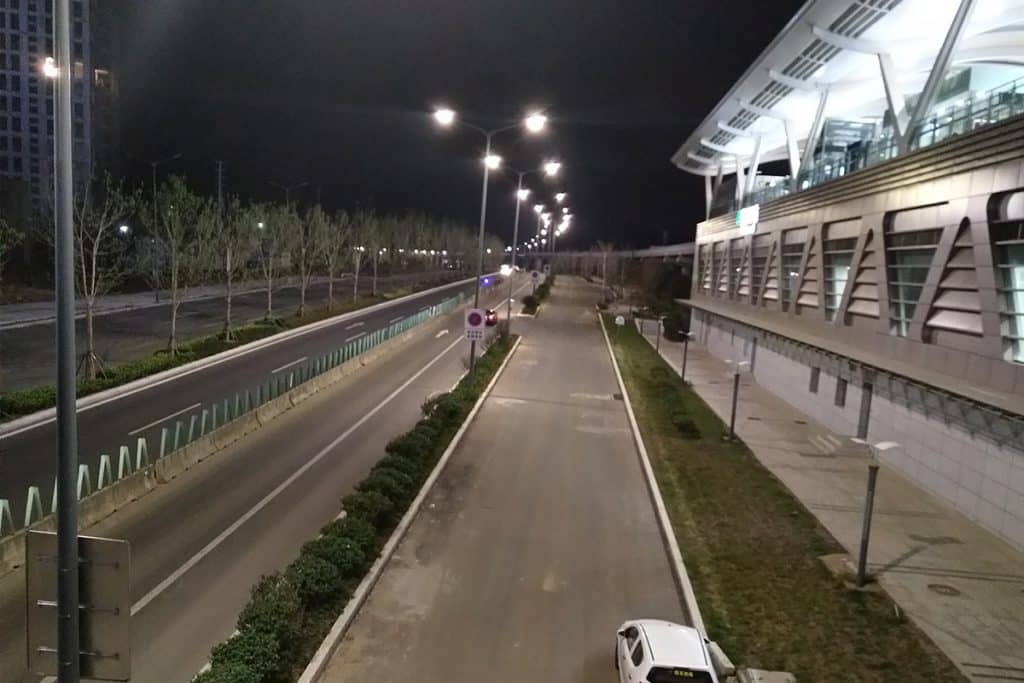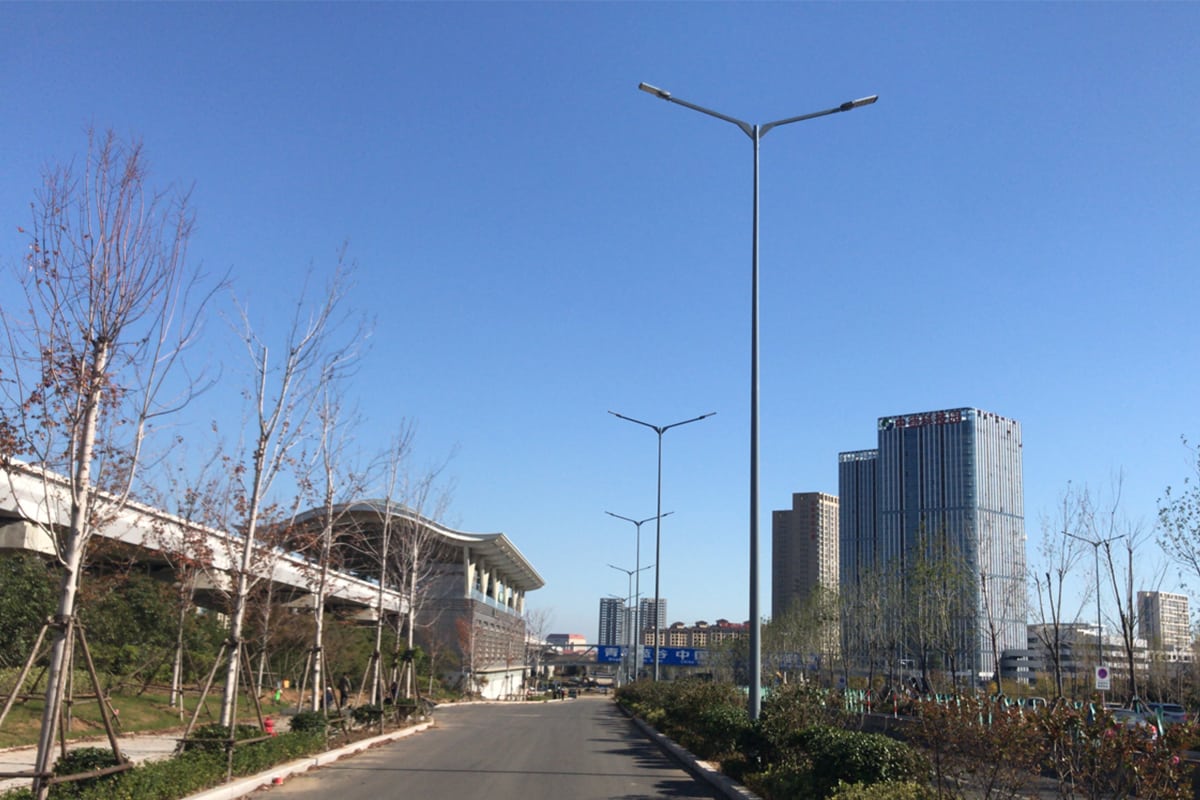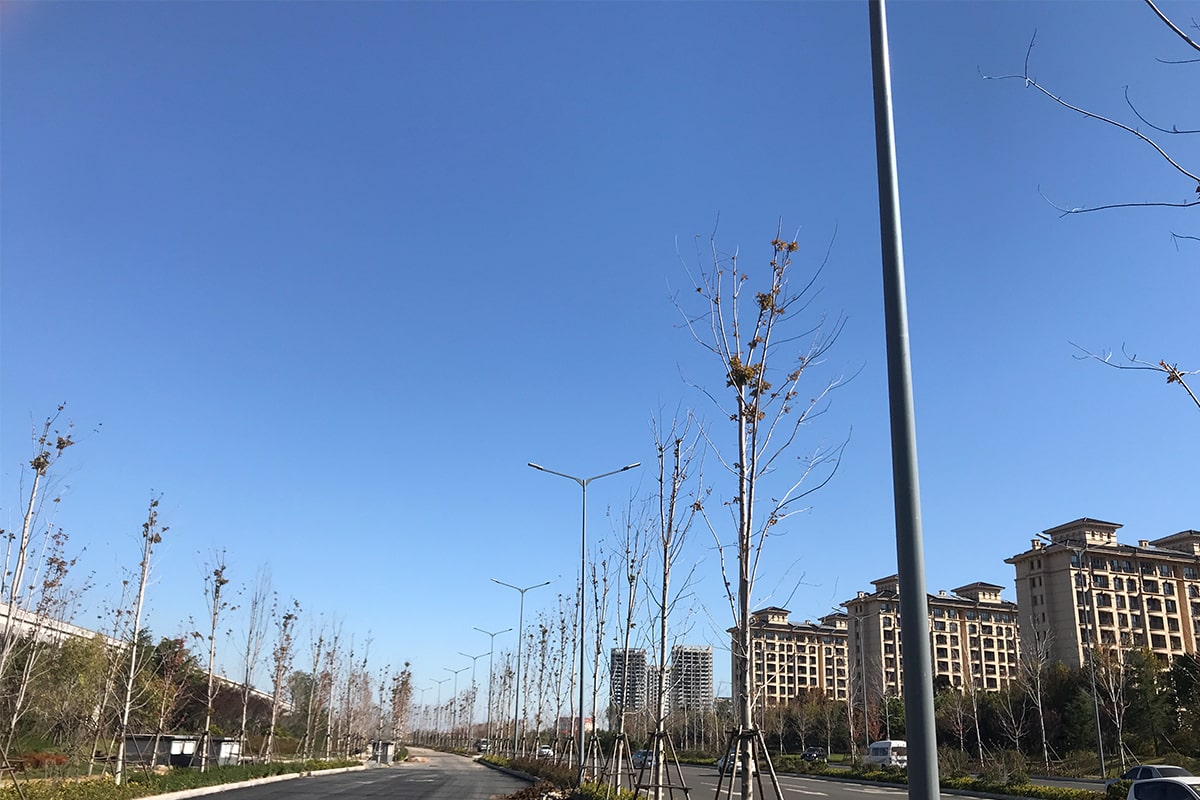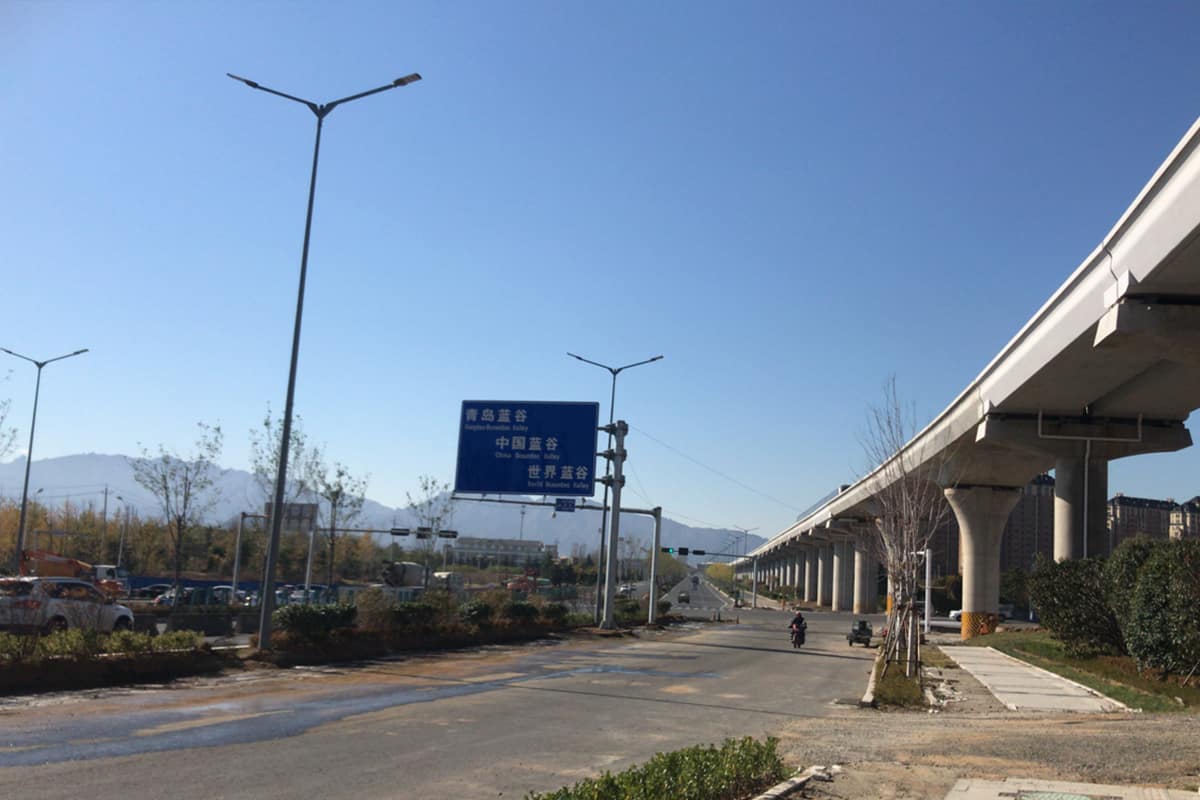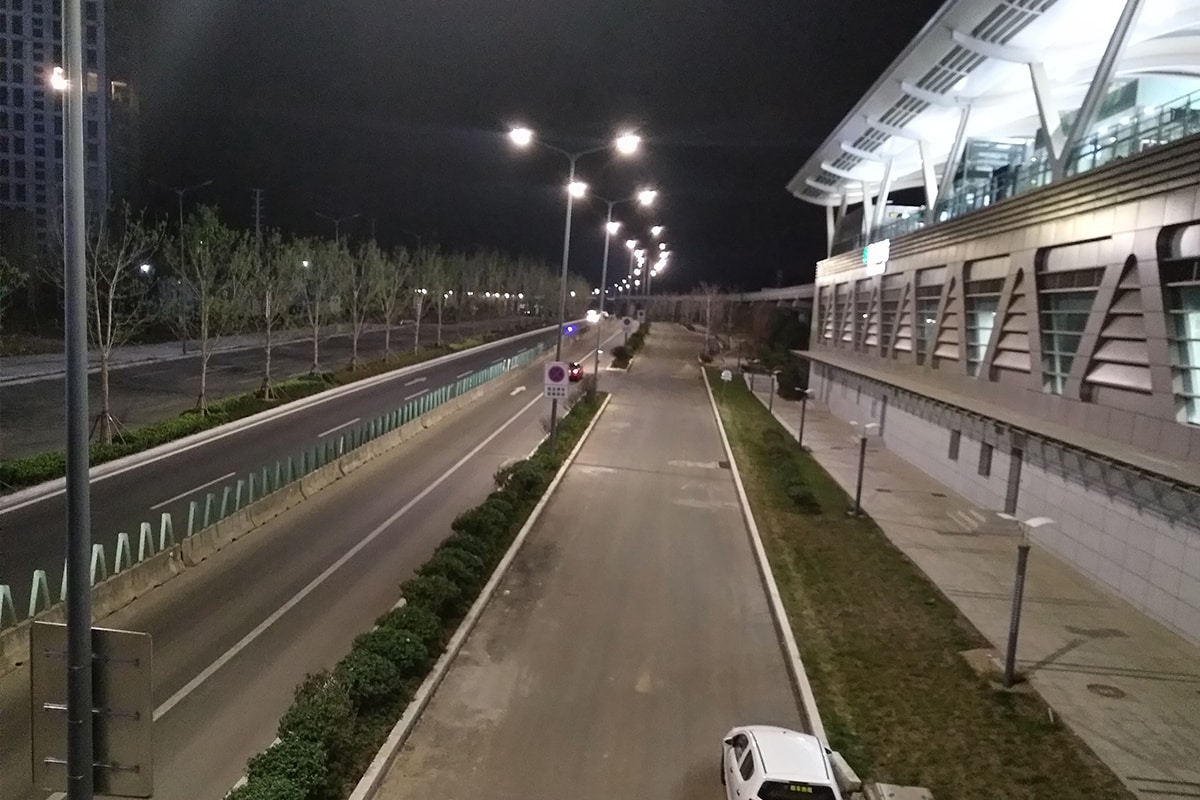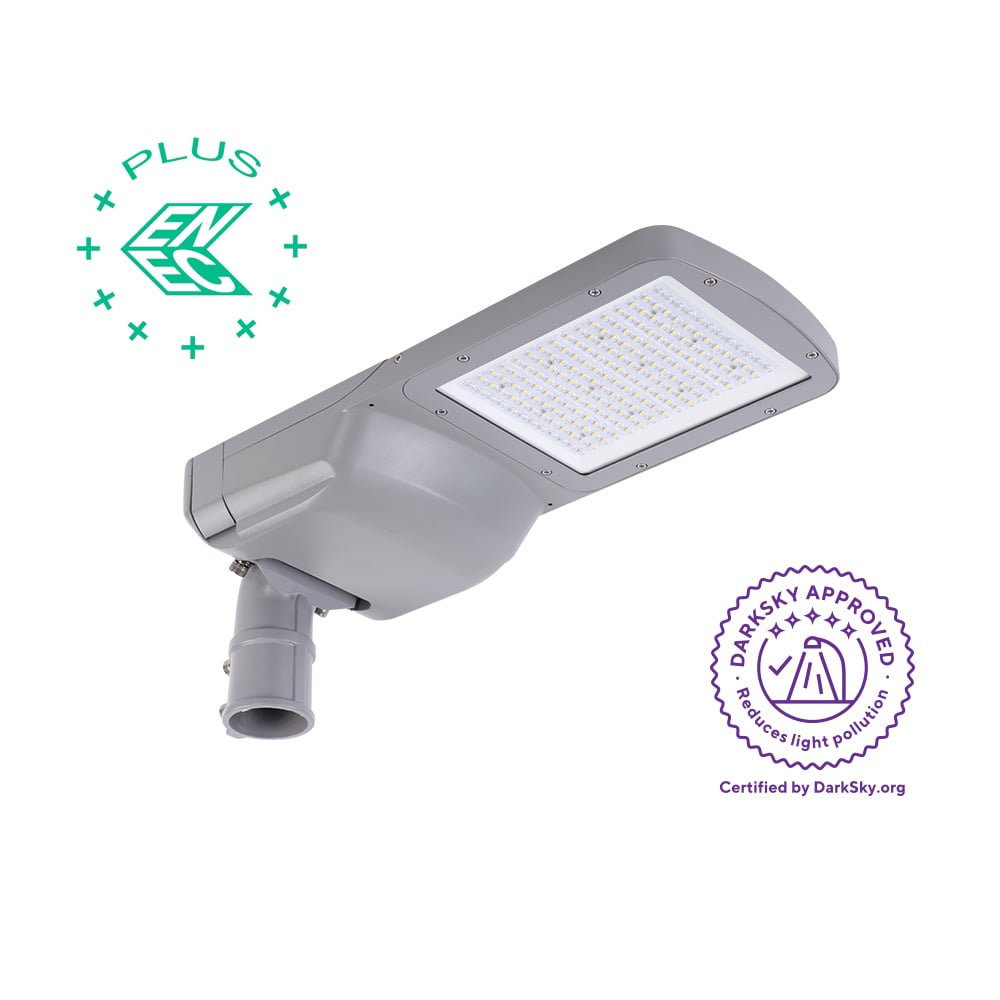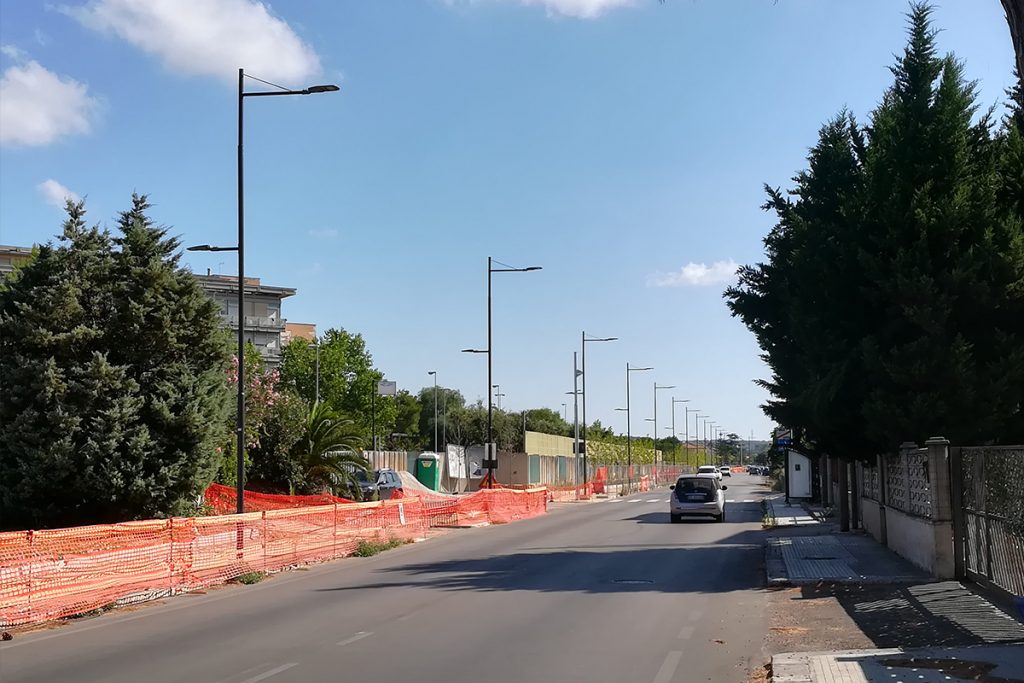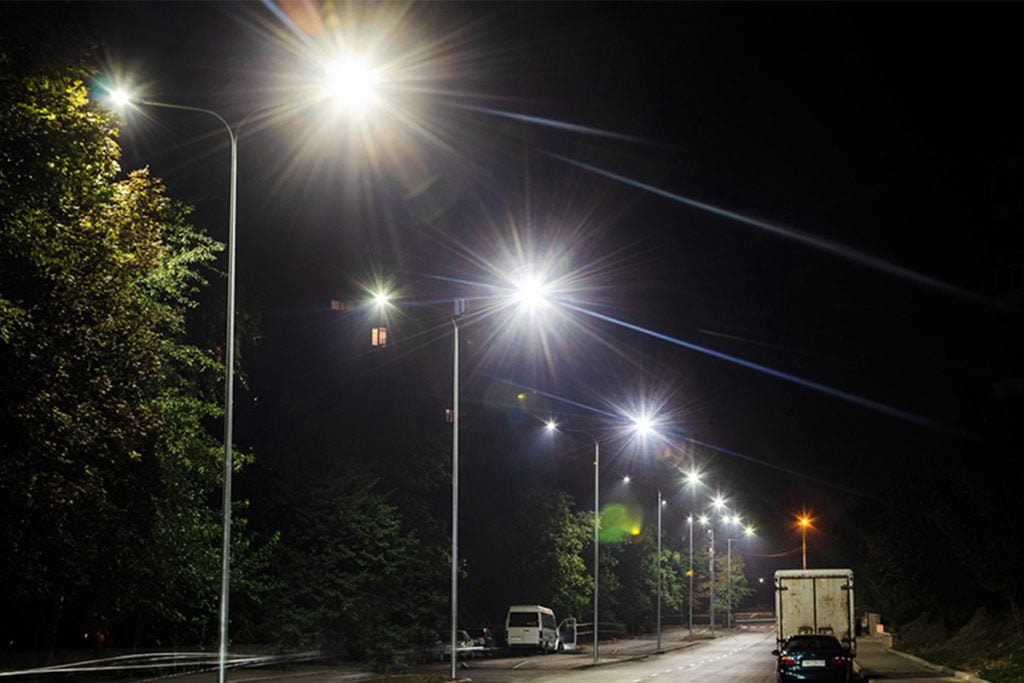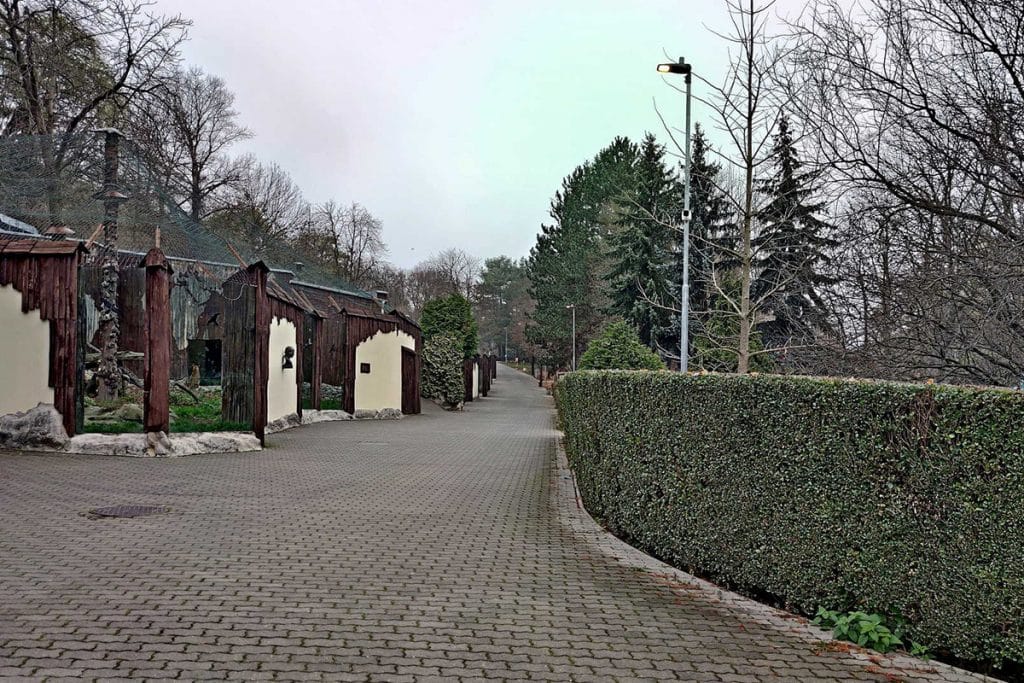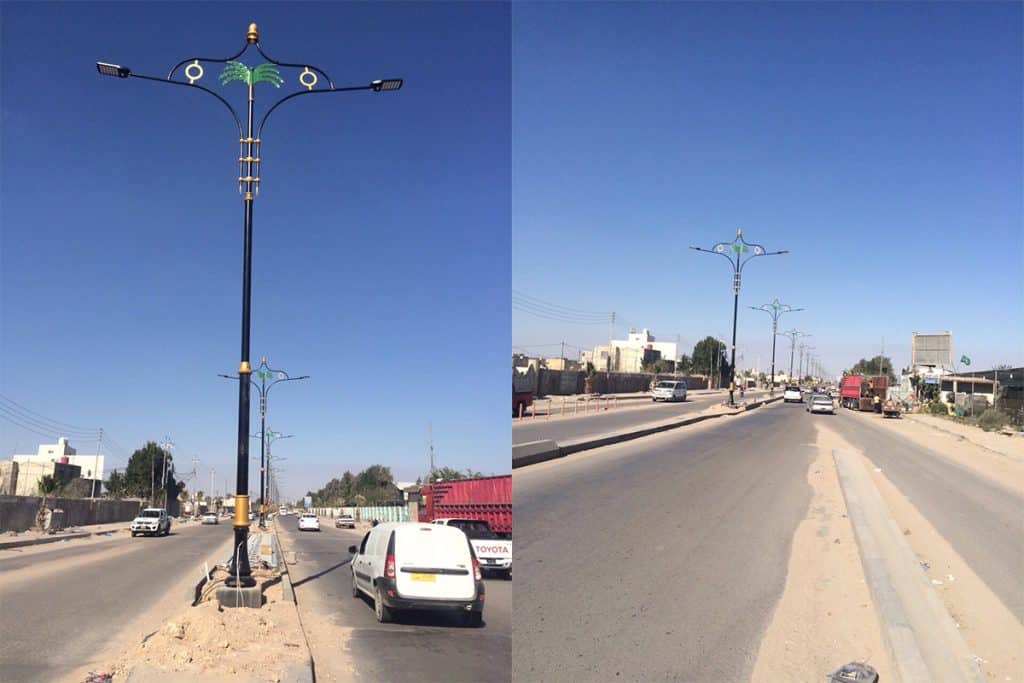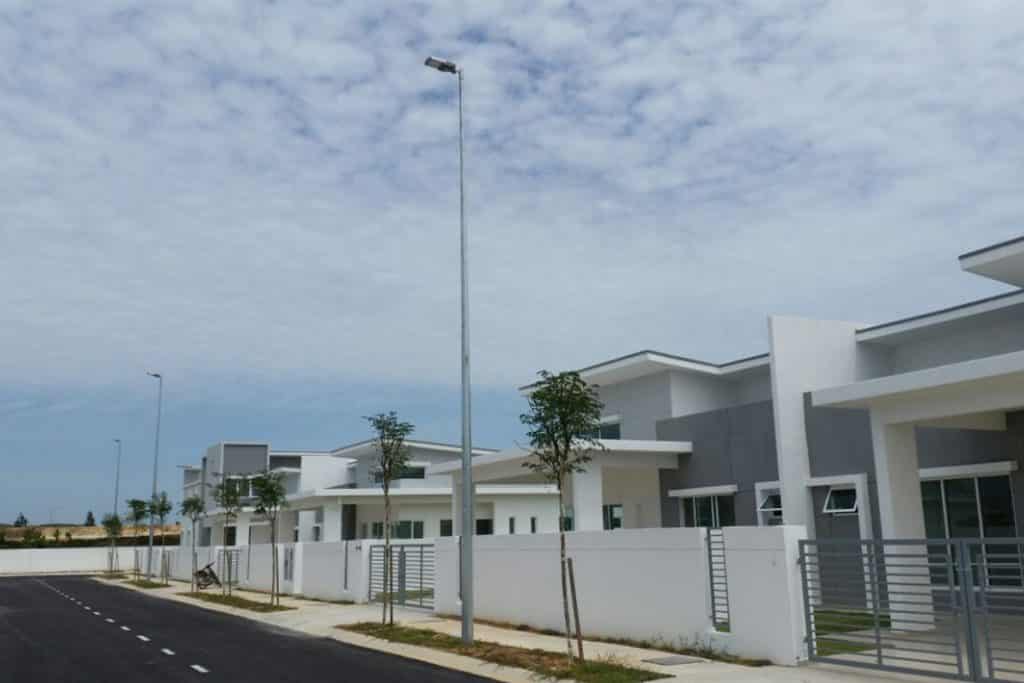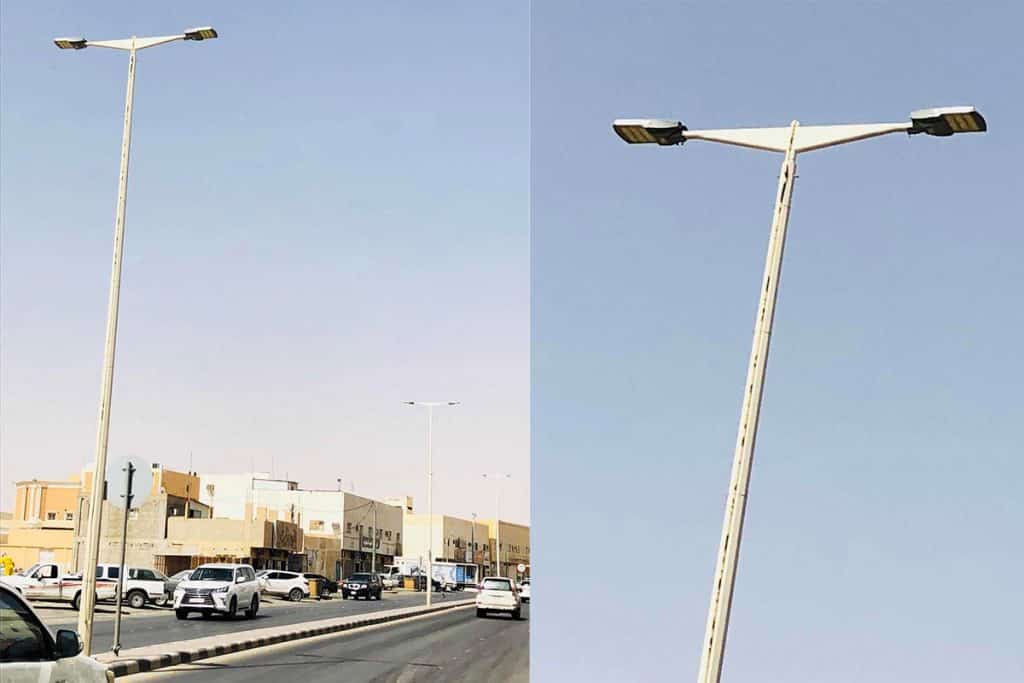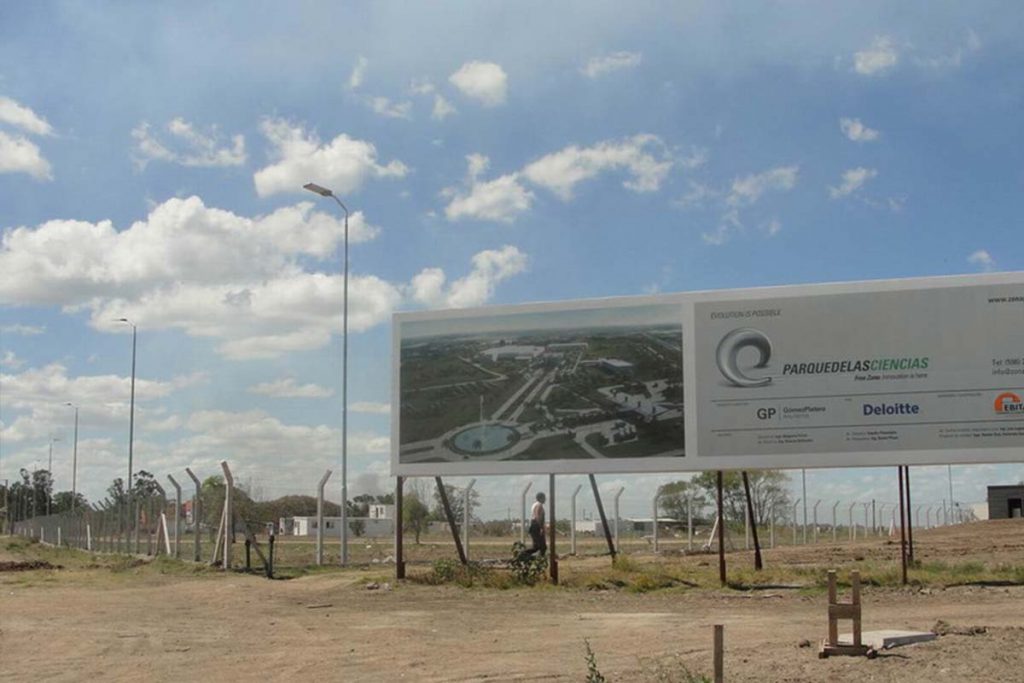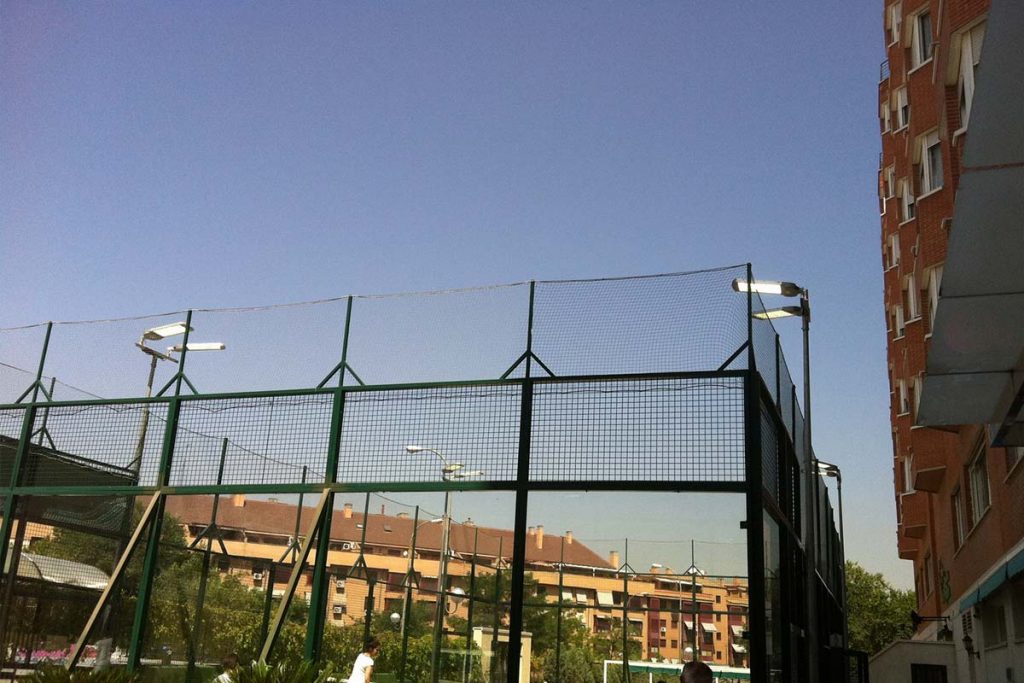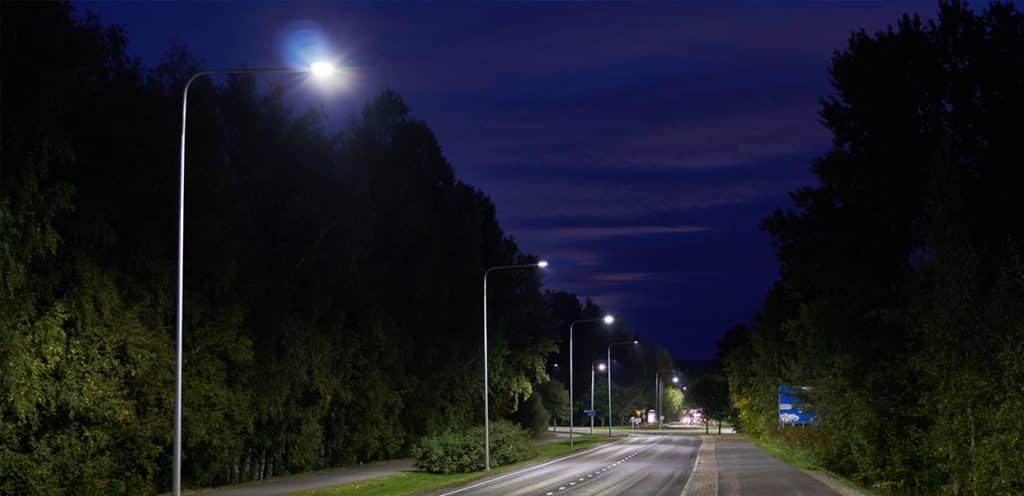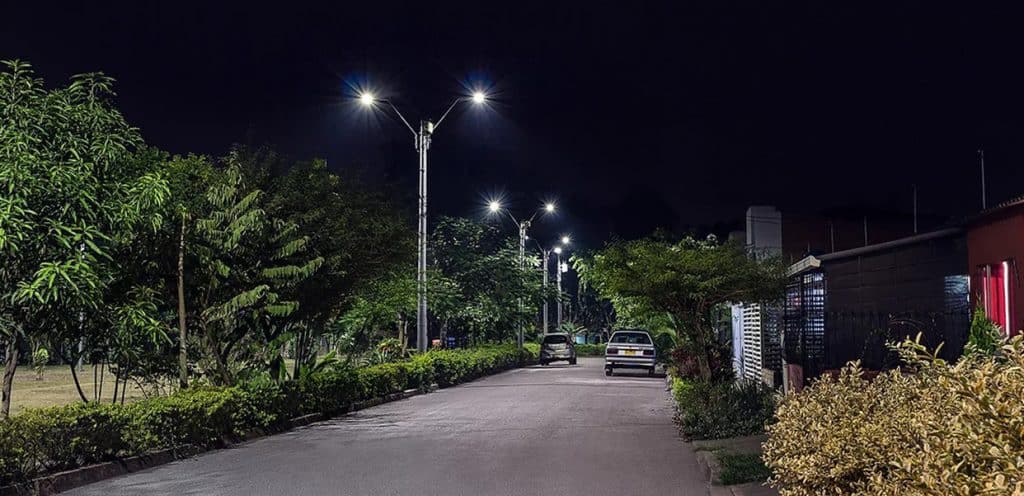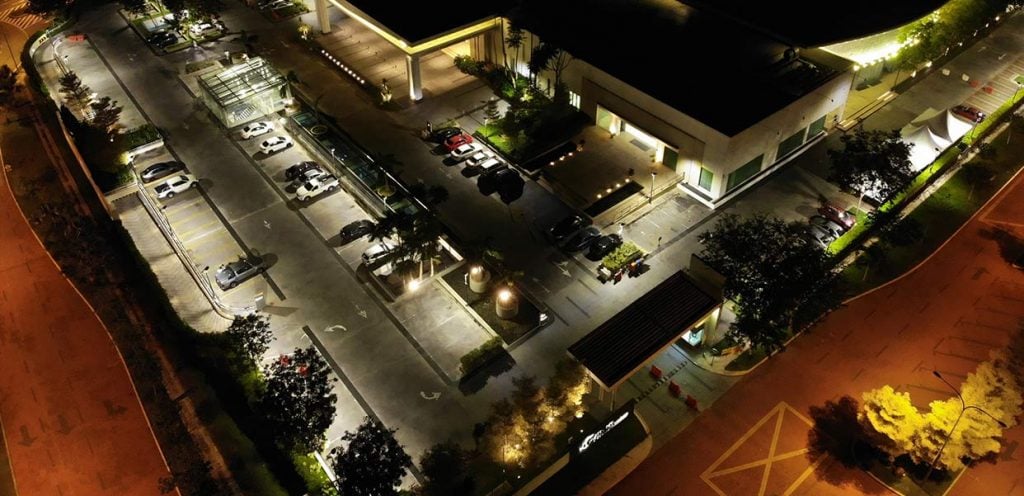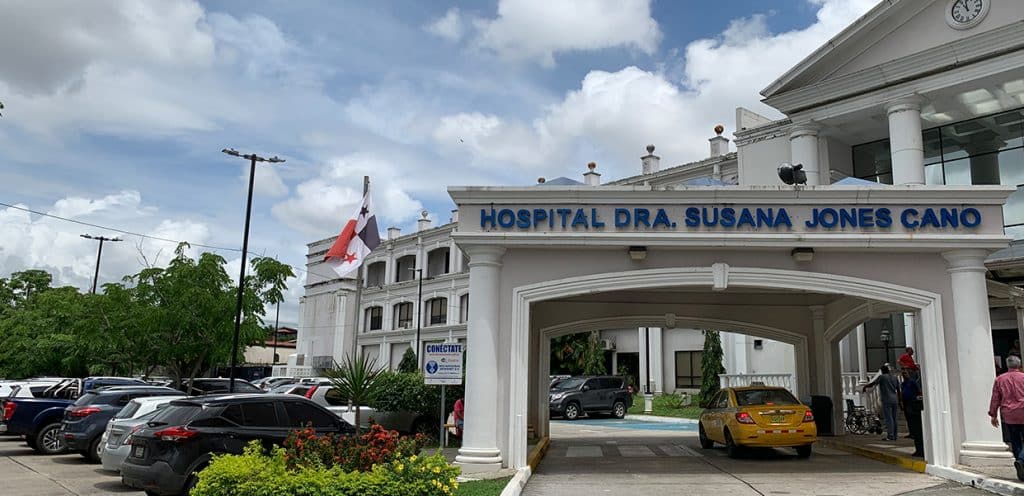Series H Streetlight Led On The Seaside Urban Road In Qingdao of China
Seaside city LED road lighting project in Qingdao of China, the choice is a high-efficiency H series module street light, completed in 2019, with an installation height of 14 m. Installed in the seaside for roadway lighting, the street light must pay attention to the anti-corrosion treatment, H series street light housing using anti-salt spray plastic powder and special anti-corrosion treatment, screws using 304 stainless steel, salt spray test report is also available, so it can safe to use in the seaside, the 80w Led Street Light project has been highly praised by the owner.
Products details:
| Product | Model | CCT/ Optics | Quantity |
| 150W Streetlight Led | ZGSM-LD150H5 | 5000K /3M | 358pcs |
| 240W Streetlight Led | ZGSM-LD240H5 | 5000K /3M | 528pcs |
Download
Products Used
Related Products
Related Projects
Related Blogs
People also ask
Why should led lights be anti-corrosion?
The lifespan of LED lamps is influenced by many factors, such as heat and corrosion resistance, water and dust resistance. We would like to talk about the corrosion in LED lamps, as it is important for all applications. You can start by considering external factors such as the sun, rain, and seawater, which can corrode the housing and wires of LED lamps. But we should also consider internal factors such as the lead frame substrate, the opacity of the lamp, the converter phosphor material, and the packaging method. To extend the life and reduce maintenance costs, LED lamps should be able to withstand harsh environments, especially in locations such as the oil and gas industry, terminals, trucking, and manufacturing. For the oil and gas industry, seawater can be a major corrosion culprit. Therefore, the lights should not only be waterproof but also corrosion-resistant. The same applies to terminals. And corrosion in the trucking sector and manufacturing is mainly due to exposure to harsh weather.
What is corrosion?
Corrosion is the process by which objects (both metallic and non-metallic) are lost and damaged by the action of surrounding media (water, air, acids, alkalis, salts, solvents, etc.). Chemical and electrochemical reactions with the environment are the main classification of metal corrosion.
The corrosion caused by the chemical action of metals in dry gases and non-electrolyte solutions is called chemical corrosion. Chemical corrosion products are present on the surface of the metal and no current is generated during the corrosion process. Electrochemical corrosion is the damage caused by the electrochemical interaction between the metal and the electrolyte and is characterized by the generation of an electric current during the corrosion process. Under the influence of water molecules, the metal itself in the electrolyte is ionized, when the metal ion and the water molecule bonding force is greater than the metal ion and its electron bonding force, the upper layer of metal ions from the metal surface run out into the electrolyte, the formation of electrochemical corrosion.

